The Ministry of Defence has confirmed continued progress on the Clyde Infrastructure Programme (CIP), a critical effort supporting the UK’s strategic nuclear deterrent and submarine operations in Scotland.
Responding to a Written Parliamentary Question from James Cartlidge MP (Conservative – South Suffolk) on 7 April, Defence Minister Maria Eagle said: “The Clyde Infrastructure Programme (CIP) is comprised of 15 projects at different stages of maturity. Four of these have been completed — the Nuclear Support Hub, Submarine Training Facility, Surveillance and Intruder Detection Security Systems, and Jetty Facility Security Systems.”
Eagle added that “there are five remaining projects that the programme continues to deliver,” with further work underway to modernise and sustain the Faslane and Coulport sites, which host the UK’s Vanguard-class ballistic missile submarines and support facilities.
The Clyde Infrastructure Programme is a long-term investment aimed at ensuring HM Naval Base Clyde remains operationally ready as the home of the UK’s Continuous At Sea Deterrent (CASD) and future Dreadnought-class submarines.
Earlier this year, we reported that, according to the Infrastructure and Projects Authority (IPA) Annual Report 2023-24, the programme has retained its Amber Delivery Confidence Assessment (DCA), highlighting ongoing challenges in execution.
With an estimated budget of £1.8 billion, the programme aims to:
- Deliver updated and new infrastructure at HMNB Clyde to accommodate submarine operations.
- Consolidate all submarine activity into a single operating base, enhancing efficiency and security.
- Sustain the UK’s Continuous At-Sea Deterrence (CASD) capabilities through 2067.
The IPA Annual Report outlines two significant obstacles affecting the programme’s delivery:
- Operational Constraints: Balancing infrastructure recapitalisation with ongoing submarine operations at Clyde presents a significant logistical challenge. Existing facilities must remain operational, requiring meticulous planning to avoid disruptions.
- Labour Market Pressures: Attracting and retaining skilled workers, particularly those with expertise in nuclear operations and project management, is proving difficult. The remote location of Clyde in western Scotland adds to the complexity, compounded by a tight labour market.
These issues demand sustained focus over the next four years as the programme enters its most demanding phase.
The whole life cost of the programme has increased marginally, from £1.869 billion to £1.870 billion, due to revised forecasts accounting for operational, inflationary, and resource-related pressures. However, the project remains on schedule, with a planned completion date of April 2032.
While challenges persist, progress has been made in several areas. The Reference Class Forecasting (RCF) analysis provided by the IPA has helped refine cost estimates and identify key risk areas, enabling better planning for the next phases of the project. The report also highlighted timely deliveries, including the arrival of critical assets at Faslane and Coulport.
Understanding Delivery Confidence Assessment (DCA) Ratings
The Delivery Confidence Assessment (DCA) ratings provide an evaluation of the likelihood of a project meeting its objectives in terms of time, cost, and scope. The Infrastructure and Projects Authority uses these ratings to identify challenges and provide recommendations for improvement. The ratings are categorized as follows:
- Green: A Green rating indicates that the project is on track to deliver successfully, with minimal risks identified. Any issues are well understood and manageable within the existing plans.
- Amber: An Amber rating signifies that while successful delivery is feasible, there are significant issues that require focused management attention. These challenges could pose risks to the project’s timeline, budget, or objectives if not addressed effectively.
- Red: A Red rating reflects serious concerns about the project’s ability to meet its objectives. Immediate corrective action is needed to address fundamental issues, as the project is unlikely to succeed without significant changes or interventions.
These ratings offer a snapshot of project performance and help ensure that potential issues are identified and mitigated early, improving the likelihood of successful delivery.


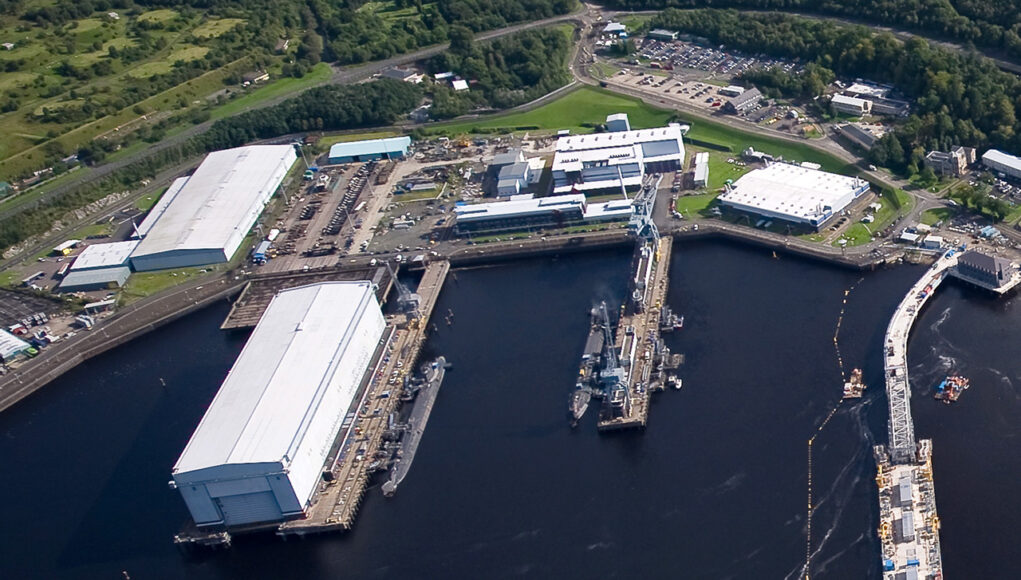
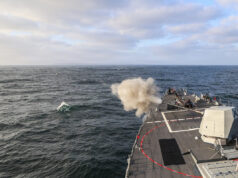
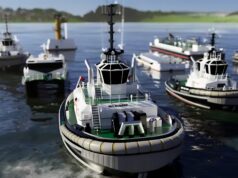
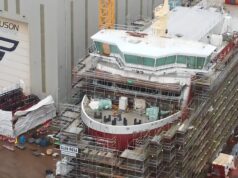
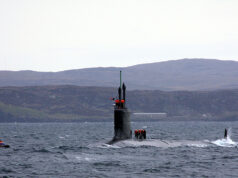



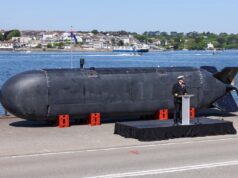

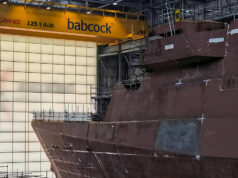

I hate this colour code nonsense it means absolutely nothing. Projects stay red or amber until they are finished then go magically green. How many muppets are employed in ascertaining this pointless information.
Rag rating is essentially a load of old bollox to be honest. Hate it with a passion as someone that does improvement work, but project managers do love their rag ratings..